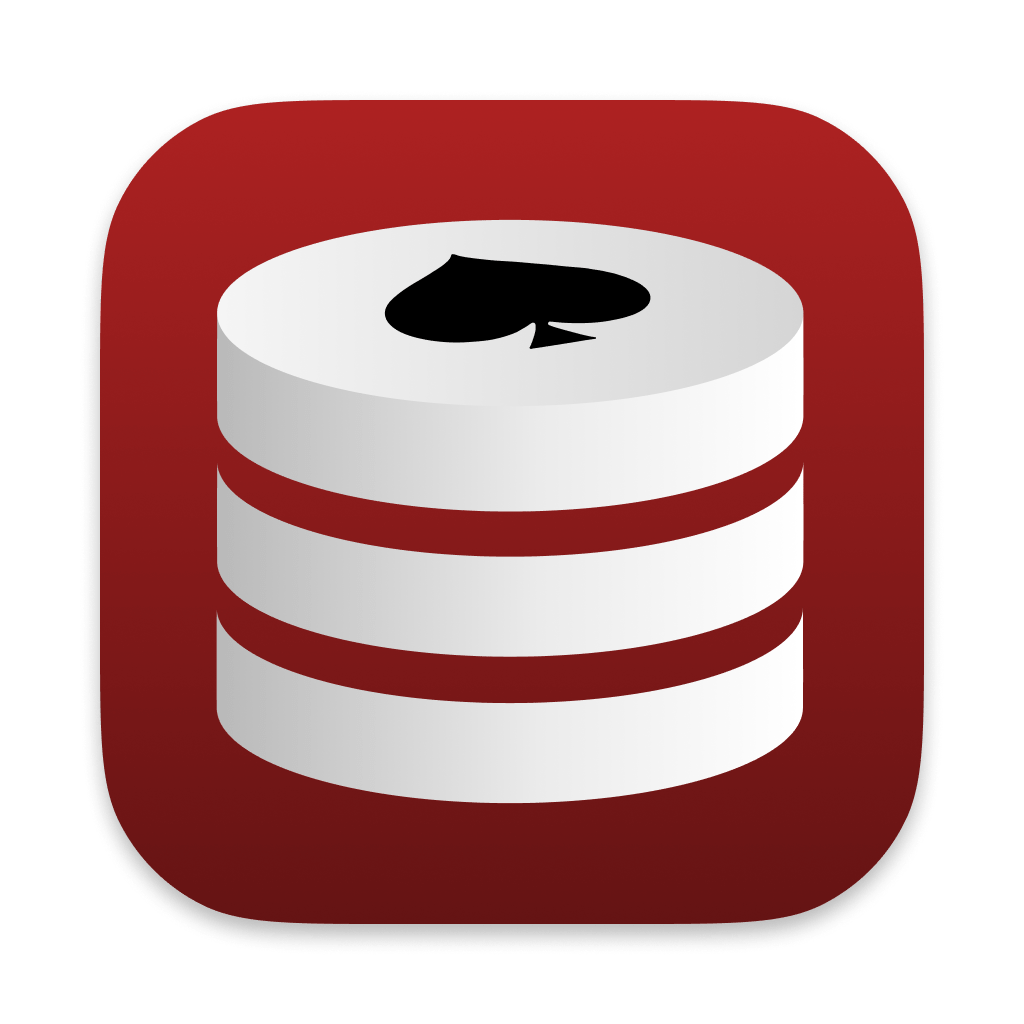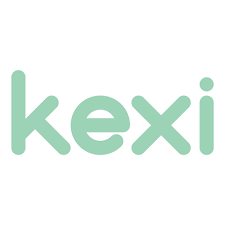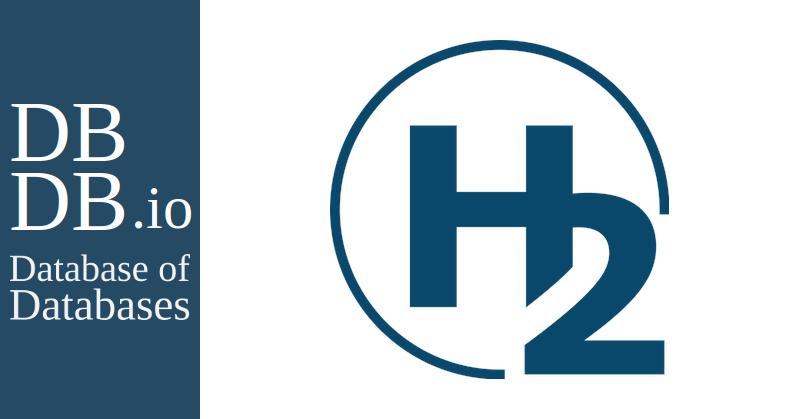Smart Database Tools
Dbmanagepro.com offers a curated collection of free and open-source database tools. Track performance, manage users, handle backups, and streamline queries with professional solutions.
Database Management with DbManagePro
Free Database Management Tools
Our free database management tools help IT teams, developers, and businesses manage data more efficiently. With these solutions, you can control SQL and NoSQL systems, run queries, automate backups, and monitor performance in real-time. These programs are free, secure, and easy to integrate into existing infrastructures.
phpLiteAdmin phpLiteAdmin is a lightweight database management tool built specifically for SQLite. Unlike many database clients that require installation or multiple components, it is just a single PHP file that can be dropped onto any server running PHP. Once in place, it provides a simple browser-based interface to explore SQLite databases, run queries, and manage tables. Its small footprint and easy setup make it attractive in development, embedded systems, and lightweight web applications. C
Zeek Zeek, once called Bro, is more than a packet sniffer. It turns raw traffic into structured logs: connections, DNS lookups, SSL sessions, HTTP requests, and much more. Instead of endless PCAP files, teams get event logs they can actually search and analyze. That’s why Zeek usually sits on network choke points — at the data center edge, between segments, or in front of critical services. Core Characteristics
Virtuoso Open-Source Edition Virtuoso OSE is not a typical database. It works as a hybrid server that can run like a normal SQL engine but also store RDF triples and graphs. In practice, that means you can keep ordinary relational tables in one schema and, right next to them, publish linked data with SPARQL queries. Few tools try to do both, which is why Virtuoso is still used in projects that mix business data with semantic web datasets. Core Characteristics
Toad Edge (Freeware) Toad Edge (Freeware) is a simplified edition of Quest’s well-known Toad product line. While commercial Toad versions cover a broad range of databases, Edge Freeware focuses on open-source engines like MySQL and PostgreSQL. It gives administrators and developers a clean desktop interface for day-to-day management without the heavy footprint of a full IDE. Core Characteristics
Talend Open Studio Talend Open Studio is an open-source toolkit for data integration. At its core it gives admins and developers a way to design flows that pull data from one place, change it if needed, and push it somewhere else. Many treat it as a classic ETL tool, but in practice it gets used for a wider range of jobs — simple migrations, nightly synchronizations between systems, or cleaning messy input before it reaches production. Core Characteristics
TablePlus TablePlus is the kind of tool that ends up installed on almost every laptop in a mixed-database team. It doesn’t try to be a full-blown IDE; it’s just a fast client with a modern interface that speaks to many engines at once. MySQL, PostgreSQL, SQLite, MariaDB, SQL Server, Oracle, Redis — the list is long enough that most people don’t need another client. Open a tab, run a query, browse a table, close it. That’s the daily workflow. Core Characteristics
Sequel Ace Sequel Ace is the tool Mac users turned to when Sequel Pro stopped moving forward. The interface looks almost the same, but under the hood it’s updated to keep working with new versions of MySQL, MariaDB, and macOS itself. That continuity is why many teams simply switched over and kept going. It’s small, quick to open, and feels like a proper Mac app instead of a generic cross-platform client. Core Characteristics
Sequel Pro Sequel Pro is a database client built only for macOS, designed with MySQL and MariaDB in mind. For many developers on Mac it became the default tool because it felt fast, lightweight, and looked like a proper native app rather than a generic cross-platform build. Even though the pace of development slowed, it’s still widely used where teams need a no-nonsense way to connect to MySQL databases on macOS. Core Characteristics
Valentina Studio Free Valentina Studio Free is a desktop client that many developers keep around because it talks to several databases from the same window. Instead of juggling one tool for MySQL, another for PostgreSQL, and a third for SQLite, this app connects to all of them in one place. The free edition is basic but good enough for browsing schemas, editing rows, and running quick queries. Core Characteristics
QEMU QEMU is one of those tools that shows up everywhere once you start looking: labs, data centers, even on a developer’s laptop. It’s flexible to the point of being messy sometimes. With KVM on Linux it runs virtual machines almost at bare-metal speed. Switch KVM off, and QEMU can still emulate whole systems — down to different CPU architectures. That’s why people who need to test code for ARM or RISC-V end up relying on it even on plain x86 boxes. Core Characteristics
Piler Email Archiving Piler is an open-source email archiving solution built to help organizations keep mail communication secure, searchable, and compliant. It captures and stores messages in a tamper-proof archive, indexing them so administrators and compliance officers can quickly retrieve what they need. Unlike heavy enterprise suites, Piler focuses on being efficient and transparent, with a clean web interface and integrations that fit into existing mail systems. Core Characteristics
PgModeler PgModeler is a purpose-built schema designer for PostgreSQL. Instead of managing structures only through SQL scripts, it lets administrators and developers design databases visually, generate DDL from those models, and reverse-engineer an existing schema back into diagrams. The result is practical: teams keep structure visible, changes are controlled, and documentation stays consistent even after multiple releases. Core Characteristics
Percona Server for MySQL Percona Server for MySQL is a drop-in replacement for MySQL, but it comes with a set of extras that make it attractive for busy production systems. The core remains fully MySQL-compatible, yet the server includes performance tuning, stronger security options, and diagnostic features that the stock edition does not provide. Because it runs the same protocol and connectors, applications don’t notice the difference — which is why many admins quietly switch to it when worklo
OpenVZ OpenVZ is a Linux container system that has been around for many years and is still remembered as the base for many VPS hosting platforms. Unlike hypervisors, it doesn’t emulate hardware. Instead, it splits one Linux server into many isolated environments that share the same kernel. Each environment behaves like a separate machine with its own processes, users, and network stack, but the footprint stays very small. Core Characteristics
Open-Xchange Open-Xchange, usually called OX, has been in the groupware space for years. At its core, it’s an open-source mail and collaboration platform, but it isn’t limited to just email. Out of the box it covers calendars, contacts, tasks, and basic file sharing, and the suite can be expanded with extra modules depending on what an organization actually needs. The project began as a direct alternative to Microsoft Exchange, yet over time it found a stronger role with service providers and un
OmniDB OmniDB is a web-based SQL workbench created with PostgreSQL in mind but later expanded to cover other engines such as MySQL, MariaDB, and Oracle. It provides a single-page interface that combines a clean SQL editor, database object browser, monitoring widgets, and debugging functions. The tool is appreciated for being lightweight while still offering features that normally belong to larger database suites. Core Characteristics
MonetDB What It Is MonetDB is an open-source columnar database that focuses on analytics. It was created with the idea that scanning columns is faster for queries that need to crunch millions or billions of records. Instead of processing rows one by one, data is stored by column, making aggregation and filtering much more efficient.
Mnesia Mnesia is a database that comes bundled with Erlang/OTP. It doesn’t behave like your usual MySQL or PostgreSQL server — it was designed for telecom-grade systems where uptime and low latency matter more than fancy tooling. In short, it keeps data close to the Erlang app, syncs it between nodes, and survives crashes without too much drama. Core Traits
MariaDB ColumnStore MariaDB ColumnStore is the column-oriented engine that extends MariaDB beyond transactional use. Instead of storing rows like InnoDB, it organizes data by columns, which makes scans and aggregations much faster. In plain words: it’s built for analytics, not day-to-day inserts and updates. Core Traits
Liquibase Community Edition Liquibase is an open-source migration tool that many teams drop into their workflow once they get tired of running SQL files by hand. The idea is simple: instead of guessing which script was applied and where, you keep a changelog. That file becomes the single source of truth, and Liquibase makes sure each database follows it in the right order. What Stands Out
Kexi Kexi sits in the KDE family and often gets compared to Microsoft Access. It’s not a heavy-duty database engine but more of a builder for small, data-driven applications. You can design tables, create forms for data entry, build queries, and even add simple reports — all inside one tool. That’s why people describe it as “Access for Linux,” though it runs on Windows and macOS too. Core Traits
KNIME Analytics Platform What It Is KNIME Analytics Platform is an open-source environment for building data workflows. Instead of writing long scripts, it lets users drag and drop nodes to connect data sources, transform them, and run analysis. It’s often compared to tools like RapidMiner or Orange, but KNIME is especially popular in corporate environments where reproducible workflows and integrations with existing databases matter.
HeidiSQL HeidiSQL has been around for a long time and built a reputation mostly in the MySQL and MariaDB world. It’s the kind of tool admins keep on hand because it starts fast, doesn’t demand much from the system, and gets the job done without fuss. Over time support for PostgreSQL and SQL Server was added, but people still think of it first as a MySQL client. Core Traits
HSQLDB (HyperSQL) HSQLDB, better known as HyperSQL, is one of those Java databases that just quietly keeps showing up in projects. It’s been around for decades, small in size, but surprisingly capable. Drop in a couple of JARs, and you suddenly have a relational database that can run in memory, embedded inside an application, or even as a standalone server. Core Traits
H2 Database H2 is one of those small Java databases that shows up almost everywhere once you start paying attention. It’s tiny, easy to drop into a project, and runs straight from a single JAR file. Developers like it because they don’t need to spin up a heavy server just to test queries, and admins see it bundled inside tools where a full SQL engine would be overkill. Core Traits
Flyway Community Edition Flyway is one of those tools that makes database changes less painful. Instead of juggling a pile of SQL scripts and trying to remember which one ran last, Flyway keeps track for you. Every script gets a version number, and when it runs, the tool simply applies whatever is missing. Key Points
Firebird Firebird is a relational database that has been quietly powering applications for more than twenty years. Originally branching out of Borland’s InterBase, it turned into an open-source project with its own path. What keeps it interesting is the balance: it is light on resources but still capable of running real production systems. Many admins like it because once set up, it just works — no constant tweaking or heavy maintenance cycles. Core Characteristics
DataGrip EAP (Community builds) DataGrip from JetBrains is widely known as a developer-focused SQL IDE. Normally it’s a commercial product, but early access and community builds give administrators and developers a way to try its features without a license. These builds are experimental, but they already show why DataGrip is valued: smart code completion, schema refactoring, and tight integration with developer workflows. Core Characteristics
DBeaver (Community Edition) DBeaver is one of those tools that many admins quietly install on every machine they work from. It isn’t tied to a single database, and that alone makes it invaluable: PostgreSQL, Oracle, MySQL, DB2 — all of them can be handled in the same interface. For teams that deal with a patchwork of systems, this saves a huge amount of time and frustration. Main Characteristics
DBVisualizer Free DBVisualizer Free is a universal SQL client that aims to work with almost any database through JDBC drivers. It has been around for years and is still a favorite among administrators who need one tool to cover many systems without switching between multiple clients. The free edition gives enough functionality for everyday work, while more advanced features are reserved for the paid Pro version. Core Characteristics
DBGate DBGate is one of those tools that try to keep things simple while still covering a wide mix of databases. It’s not a heavy IDE and not just a tiny query runner either — it sits somewhere in between. Because it runs on all major platforms and connects both to SQL systems and MongoDB, admins often keep it around as a general-purpose client. What It Brings to the Table
DBEdit DBEdit is one of those small utilities that doesn’t try to do everything but manages to stay useful in day-to-day work. It’s a Java-based SQL editor that runs on any system with a JVM, which makes it handy for mixed environments. Instead of loading a full development suite, you can launch DBEdit, connect through JDBC, run a few statements, and close it again — fast and without distraction. Main Characteristics
Beekeeper Studio (Community Edition) Beekeeper Studio is an open-source SQL client that puts simplicity first. Instead of overwhelming users with endless menus, it focuses on the basics: connect, write queries, see results, and move on. The Community Edition gives just enough tools for everyday database work without locking features behind complicated setups. Core Characteristics
Airtable Airtable is often described as “a spreadsheet with a database inside.” That’s not far from the truth. On the surface it feels familiar, like working in Excel or Google Sheets, but under the hood it supports relational links, structured fields, and automation that make it far more powerful than a typical table. For many organizations, it fills the gap between ad-hoc spreadsheets and a fully managed database platform. Core Characteristics
Adminer Adminer is a small but surprisingly capable database management tool. It comes as a single PHP file, which makes it very different from the bulky, multi-component solutions many administrators are used to. Drop the file on a web server with PHP enabled, open it in a browser, and the database is ready to be managed. That simplicity is the main reason why Adminer still has a loyal following in professional environments. Core Characteristics
ADB SQL Editor ADB SQL Editor is essentially the built-in SQL workspace inside Azure Databricks. Instead of installing a separate management tool, administrators and analysts can open a browser window, connect to a running SQL Warehouse, and run queries on the spot. It was designed to cut down on context switching: the data lives in the lakehouse, and the editor sits right on top of it. Practical Characteristics

About the Project
Dbmanagepro.com is a dedicated platform for free and open-source database management software. Our mission is to provide IT professionals, developers, and businesses with reliable tools to organize, secure, and optimize their data. We carefully select and present solutions that cover both SQL and NoSQL environments, ensuring flexibility for different use cases.
The project focuses on practical categories such as performance monitoring, query optimization, backup and recovery, user management, and database security. By using these tools, organizations can streamline workflows, reduce costs, and maintain high availability across critical systems. Whether you are running small business operations or managing enterprise-scale data, dbmanagepro.com delivers accessible solutions.
Beyond offering software, our team provides guidance on installation, configuration, and integration. This ensures that businesses can adopt new tools smoothly and take advantage of modern database technologies. With a strong emphasis on usability and support, Dbmanagepro.com helps transform the way companies manage and protect their data.
FAQ
What is database management software?
Is the software on dbmanagepro.com free?
Can I use these tools for large enterprises?
Do these tools support both SQL and NoSQL?
Why should I use free database management tools?











































